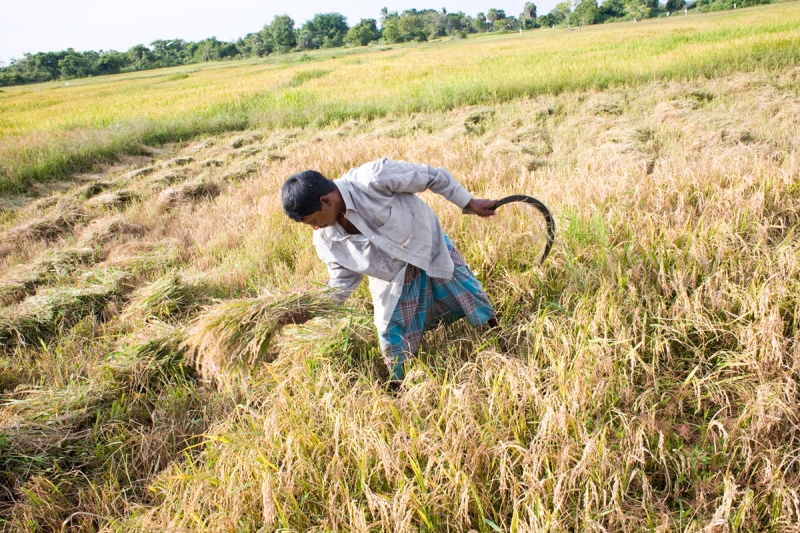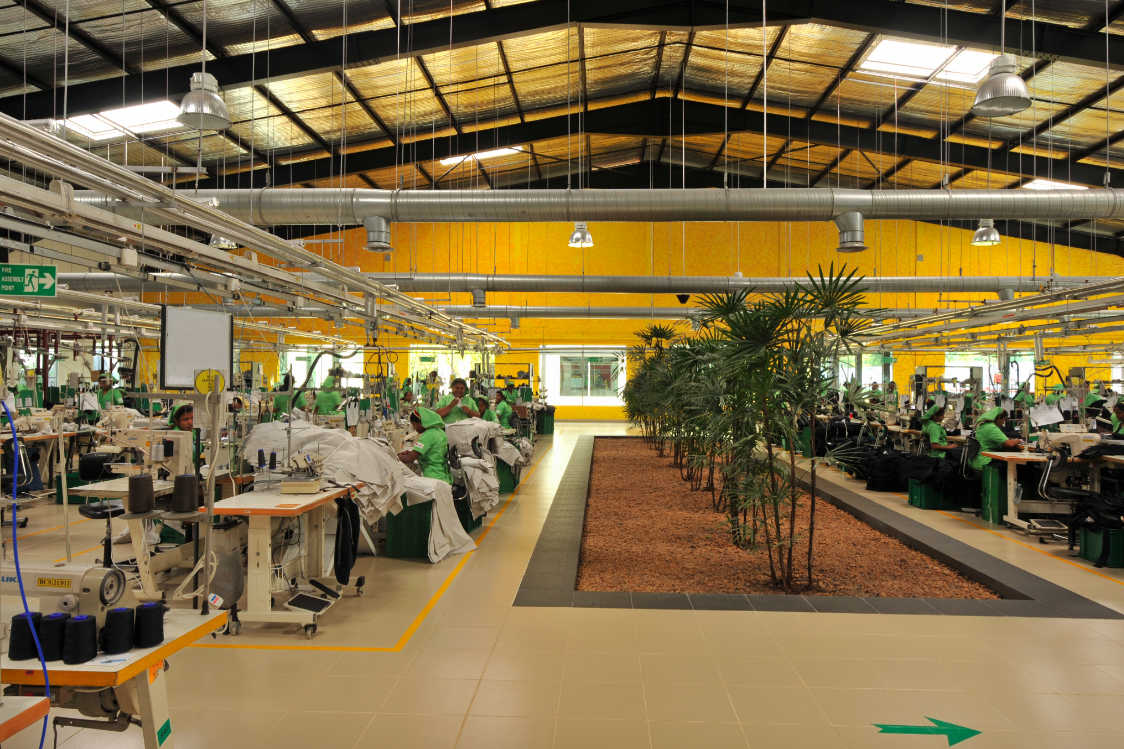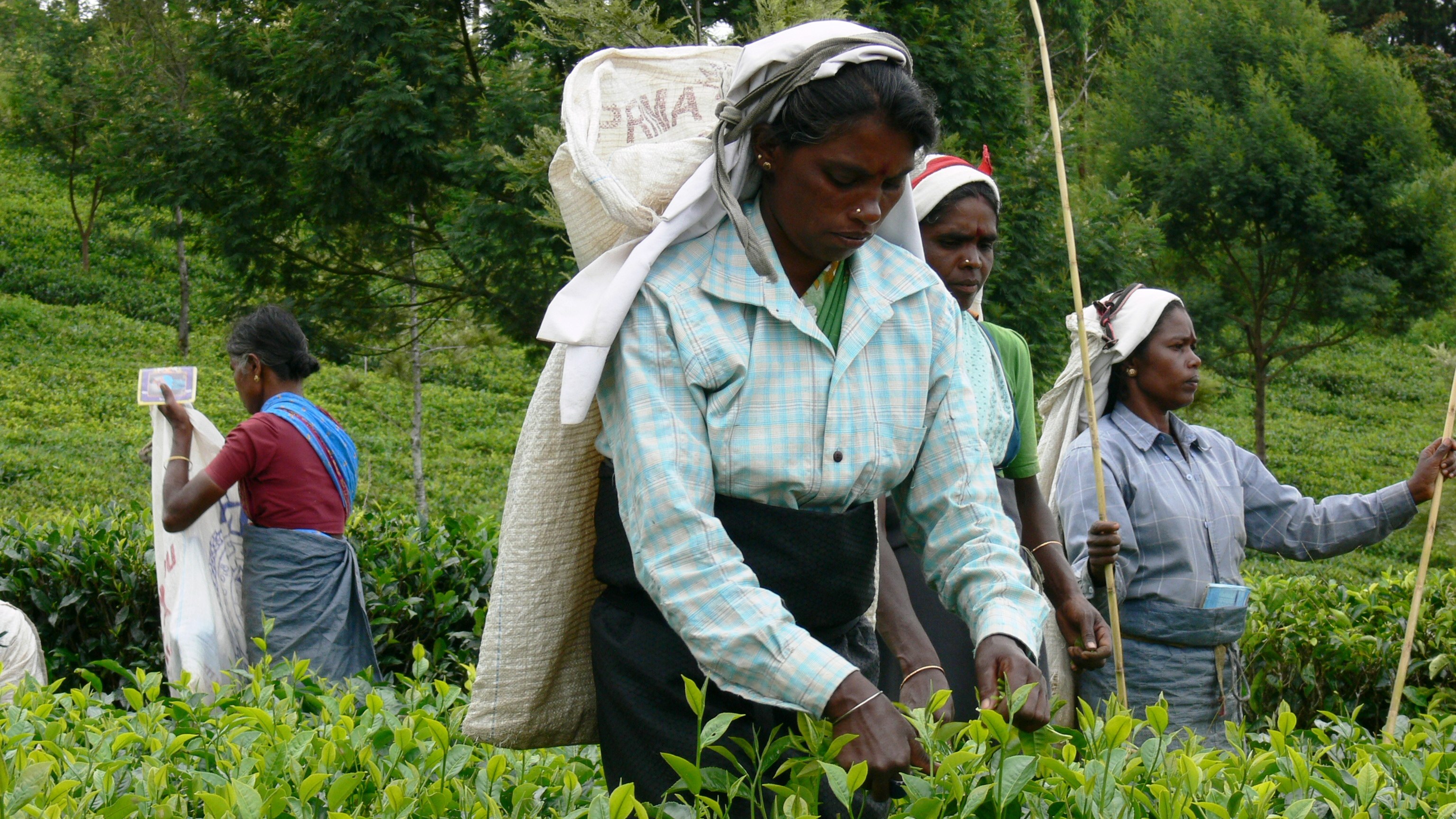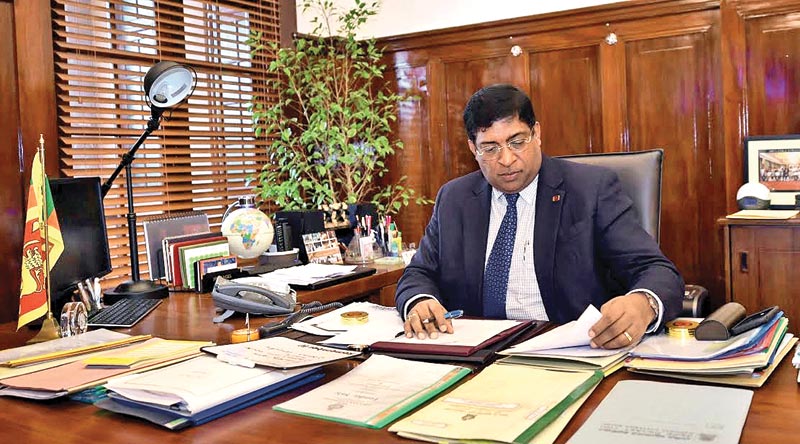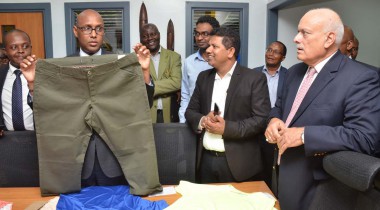
On May 14, China’s President Xi Jinping addressed a summit on his country’s USD 900 billion international infrastructure investment programme, known as the “Belt and Road” (B & R) initiative. He said that the programme was rooted in the ancient “Silk Road”. Ancient Chinese explorers and navigators, such as Zheng He, he said, “won their place in history not as conquerors with warships, guns or swords but are remembered as friendly emissaries leading caravans of camels and sailing treasure-loaded ships.”
Of course, some Sri Lankans will point out that Zheng He is not remembered with great affection in this country, since he captured Kotte and kidnapped King Vijayabahu VI. This view of the Chinese initiative is shared by the mandarins of New Delhi, who boycotted the summit and issued a strong statement condemning the initiative as little more than a colonial enterprise, leaving debt and broken communities in its wake.
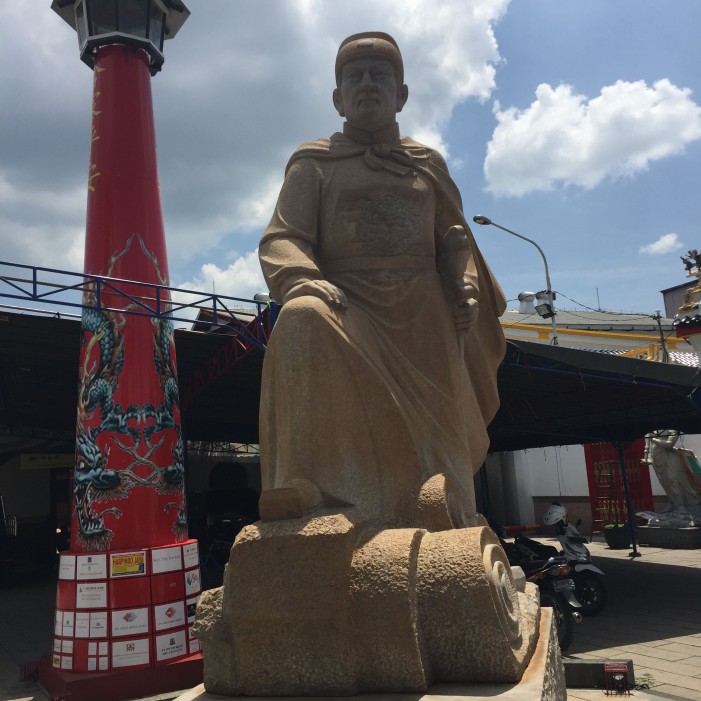
Statue of Admiral Zheng He in Semarang, Indonesia. Image courtesy Wikimedia
However, China’s official Xinhua news agency replied to this criticism, saying that:
“China harbours no intention to control or threaten any other nation… China does not indulge in “regime change” either regionally or globally and is not about to begin to do so. The new Silk Road plan is not and will never be neocolonialism by stealth.”
African Paradigm Shift
Many world leaders, who attended the conference, share Beijing’s view of the initiative as an opportunity to create a level playing field in a globalised world. The most significant endorsement probably came from Ethiopia’s prime minister, Hailemariam Desalegn. Hailing what he called a unique, historic, extraordinary and momentous project, he said, “Through the Belt and Road Initiative, China advocates an open and win-win approach to economic cooperation. Ethiopia is willing to be part of this vision. Africa views China as an important friend in its fight against poverty and quest for prosperity.”
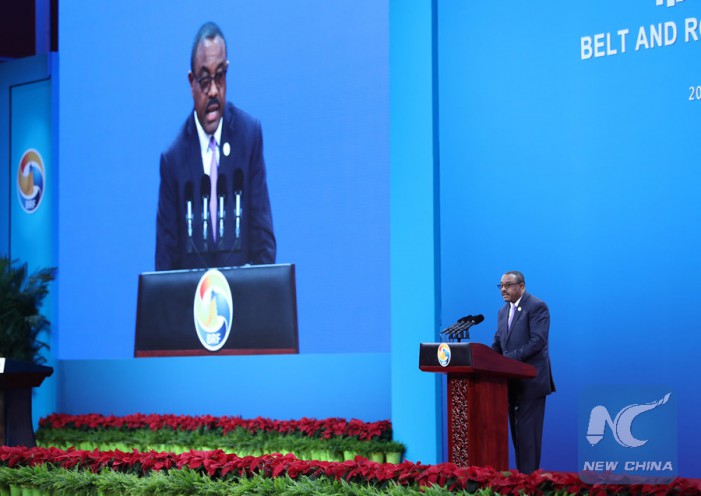
Ethiopia’s Hailemariam Desalegn addresses the Belt and Road summit. Image courtesy Xinhua
“The Belt and Road initiative gives our continent the opportunity to make a paradigm shift,” said President Uhuru Kenyatta of Kenya. “We will all win when the economic corridors we develop hasten industrialisation; and when they hasten the development of domestic private-sector capabilities.”
Africa’s increased importance was heralded in April 2014, when Jia Huai, a deputy director of the China Council for the Promotion of International Trade, said in Beijing that the New Silk Road concept that the Chinese government has been promoting includes Africa, which he identified as an important trading partner. Since then, both traditional Western and Chinese investors have acknowledged the urgent requirement for new business-focussed investment strategies in Africa. China has been backing this new emphasis with investments.
China has committed to invest USD 60 billion in big capital projects. By late 2016, China had invested more than USD 14 billion in Africa—the level of investment increasing by 515% over 2015.
Infrastructure Investment
Most of this investment has been in infrastructure. Tissa Eleperuma, Chair of garment accessories manufacturer Naturub, was in Ethiopia and Kenya recently. The existing infrastructure in Ethiopia, he says, is “not very good, but the Chinese are pumping a lot of money in there, building electricity generating plant, roads, bridges, railways—they don’t have railways, but they are building a new electric railway! They are building a port in Lamu, Kenya. Both countries have petroleum and natural gas reserves in which the Chinese are interested.”
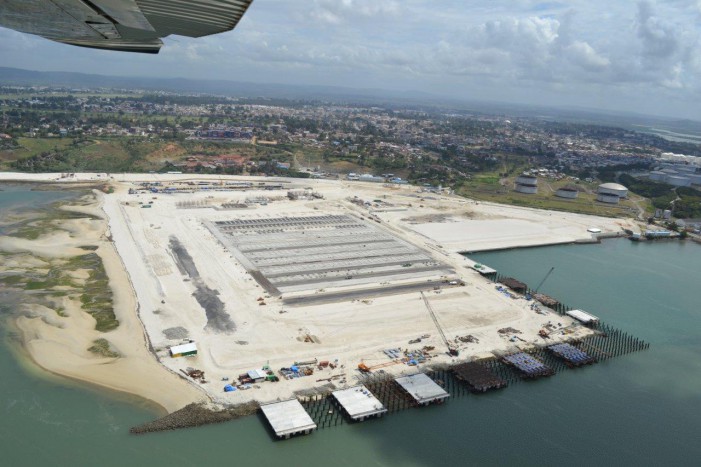
Container teminal under construction at Lamu. Image courtesy JAMII Forums
China is developing Lamu port, to be one of the largest in sub-Saharan Africa, dwarfing Mombasa. It is also constructing a port at Bagamoyo in Tanzania, which is expected to be the largest port in East Africa, handling 20 million TEU of container traffic annually, 25 times more than Dar es Salaam. They form part of a network of transport “corridors” being put together to transfer the riches of the interior of Africa to the global market.
China, Tanzania and Zambia plan to renovate the 1,860 km Tazara (Tanzania-Zambia Railway), which links Dar es Salaam to the railway network of Zambia. They plan to extend it to Malawi, the Democratic Republic of Congo (DRC), Rwanda and Burundi, and to build a spur connecting it to Bagamoyo. Tazara is also expected to link with Angola’s Benguela railway, to form a line across Africa for the first time.
Meanwhile, construction of the 1,403 km Tanzania-Uganda Crude Oil Pipeline is underway. The pipeline is expected to transport petroleum from Hoima in western Uganda, to the Indian Ocean port of Tanga, in North-East Tanzania. A railway line is also planned, parallel with the pipeline, to link up with water transport on Lake Victoria and also with Tazara.
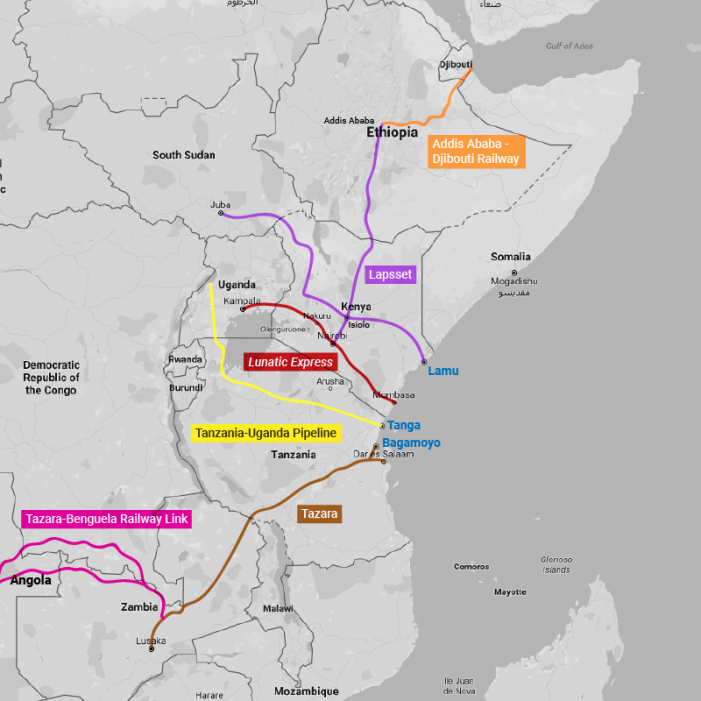
East Africa’s new Chinese-financed logistic network is driving growth.
Chinese funding is helping to build a new, standard-gauge railway line connecting the Ugandan capital, Kampala, to the Kenyan port of Mombasa, via the Kenyan capital, Nairobi, replacing the old “Lunatic Express” railway line. It also funds the Lamu Port Southern Sudan-Ethiopia Transport Corridor (LAPSSET) project, which envisages a transport network deep into the interior, flanked by agricultural, industrial, tourist and utilities development.The town of Isiolo is the junction of two spurs on the LAPSSET network, linking up with Juba in South Sudan and Addis Ababa in Ethiopia.
China has also upgraded the railway from Addis Ababa to Djibouti, a regional hub for the Red Sea and Gulf of Aden, serving a port for Ethiopia’s rapidly-increasing manufacturing exports, and as the outlet for much of Sudan’s external trade.
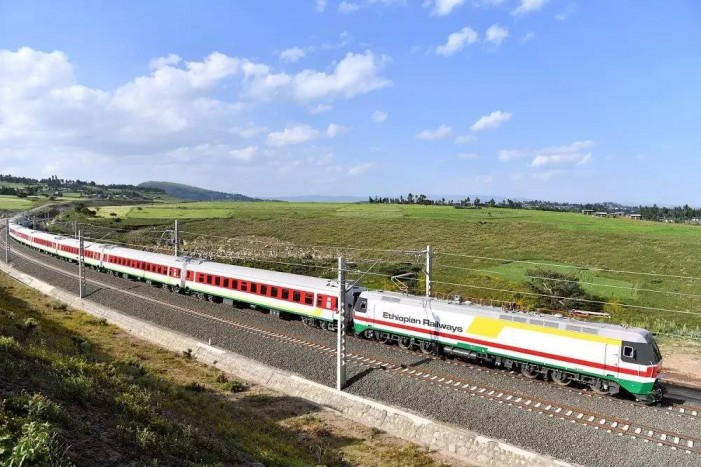
Train on the new Addis Ababa-Djibouti railway. Image courtesy Belt and Road Forum for International Co-operation
Opportunities For Sri Lanka
These developments hold out many opportunities for Sri Lankan businesses, especially in shipping and logistics, property development, construction, manufacturing, software, and human resources. Informed sources, for example, business magazine Forbes, say that investments in Africa can provide double digit returns, increasingly rare in Europe and North America and now, even in Asia’s Tigers. They also point out that, by 2050, 25% of the world’s nine billion population will be Africans and most of them will be under 30—providing an expanding market as well as a fresh labour resource.
These sources are of the opinion that Western investors are tied to obsolete investment models and are in danger of missing out on the bonanza. On the other hand, Sri Lankan companies have experience of working in diverse Third World business and labour environments. They have technicians who are capable of adapting swiftly to new challenges.
“We have a strong resource pool,” says Dian Gomes of Hela Clothing, which is expanding its intimates operations into East Africa, “who have a wealth of experience managing intimate plants. Setting up a plant in a foreign country is a huge challenge. We have a 35-member team in Kenya training the Kenyans. My philosophy is that you need to always send your A team when you expand in foreign soil.”
Hela is one of the pioneer Sri Lankan businesses rising to the African challenge, particularly in the garment and accessories manufacturing sector.
“I went to Kenya and Ethiopia with other accessory suppliers,” says Naturub’s Eleperuma, “because the Sri Lankan garment industry is looking at investing in the African continent. Already, Hela is in both countries and Hirdaramani is in Ethiopia… We are looking positively at investing in one of these two countries, because sending goods from one to the other is not difficult, and anyway it is far better than sending goods from here! I think in Ethiopia right now, the labour rates are favourable and the government is really backing the foreign investors.”
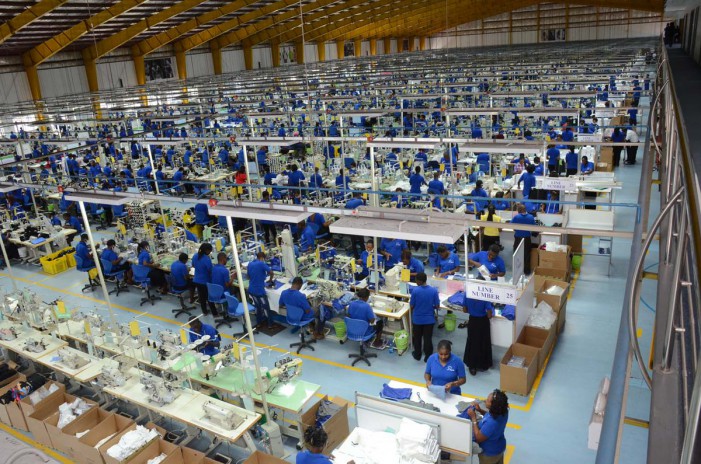
Hela Clothing new facility in Kenya. Image courtesy JAMII Forums
Advantage Africa
Sri Lankan manufacturers, faced with rising labour costs and other issues affecting their competitiveness, are looking to relocate.
“With the attractiveness of low-cost destinations,” says Gomes, “the manufacturing of a lot of product categories will gradually move out. The first products to move out are the garments with simple constructions and needing the least technical know-how. We need to evolve with the industry. What worked in the last decade is not going to work in the next ten years… Our decision to move to Africa was to cater to the Country of Origin Strategy of our strategic customers. We wanted to support them to build a truly global cost-competitive manufacturing base that can leverage on speed and duty savings.”
Hela has deployed some of their most experienced hands to Kenya, where they expect to grow their manufacturing facility to a 6,000-operator plant, the largest in the group.
However, clothing is not the only business which could move to the Mother Continent. One sector which could do with Sri Lankan input is the property development business.
“Chinese have introduced building standards that are gradually improving the quality of commercial and residential facilities in the continent,” Peter Welborn, chair of British independent global property consultants, Knight Frank Africa, told Xinhua in Nairobi. “The infrastructure has resulted in the development of a number of satellite towns around major cities because the roads and railways have reduced distance”.
Kenya, as East Africa’s largest economy, is likely to emerge as a hub for real estate developments in Sub-Saharan Africa. Sri Lankan property developers have been expanding their operations abroad, mainly into the overheated Australian market. East Africa could provide an alternative opportunity, one in which pioneering activity can provide spectacular returns.
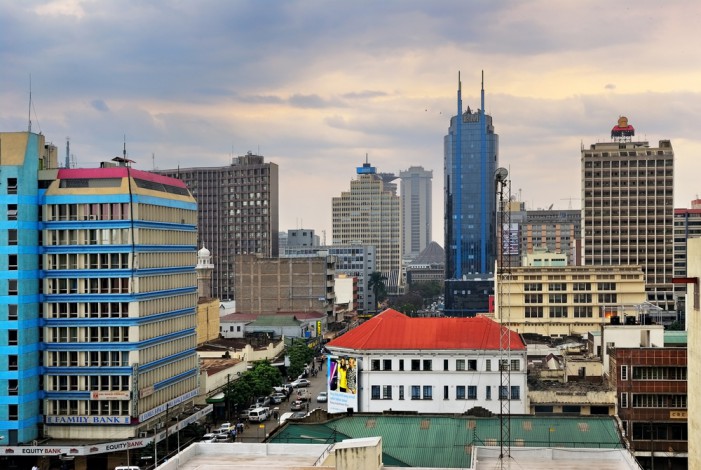
The burgeoning Nairobi skyline. Image courtesy Anglican Journal
Need To Change Focus
Sri Lanka also stands to gain by increasing its trade with Africa in goods and services. In the last decade, South-South trade has outperformed North-South trade. The South-South trade in goods amounts to a quarter of world goods trade, and helped revive world trade after the global financial crisis. The South-South trade in services has been slower to get off the mark, but has doubled since 2000.When this writer worked in the tea machinery industry in the early 1980s, East Africa provided a large market for tea machinery exports from Sri Lanka. Unfortunately, with the demise of the tea machinery industry, that early advantage has expired. Re-gaining a foothold in this market has become vital for the economic survival of Sri Lankan producers.
Unfortunately, the policy-makers’ focus remains strongly on North-South trade. Not even the removal by the European Union of the Generalised System of Preferences Plus (GSP+) trade concession galvanised the mandarins into searching seriously for new export destinations. GSP+ stands to be removed when Sri Lanka reaches upper-middle income level (USD 4,306 per capita) around 2021, and finding alternative trade partners will become imperative.The lack of focus on East Africa, one of the fastest-growing economic regions in the world, is illustrated by the lack of connectivity. Roshanga Wickremasinghe points out in his How small countries can compete and grow: A case for Sri Lanka (Colombo: R & R Associates, 2016), that Sri Lanka has never connected directly to Nairobi, which is the airline hub of East Africa.
There needs to be a change of focus. This country has many advantages in getting economically involved in Africa. Policy makers have to adjust their viewpoints to gear-up on those advantages to maximise returns.
Featured image courtesy Twitter/Florence Kimata


